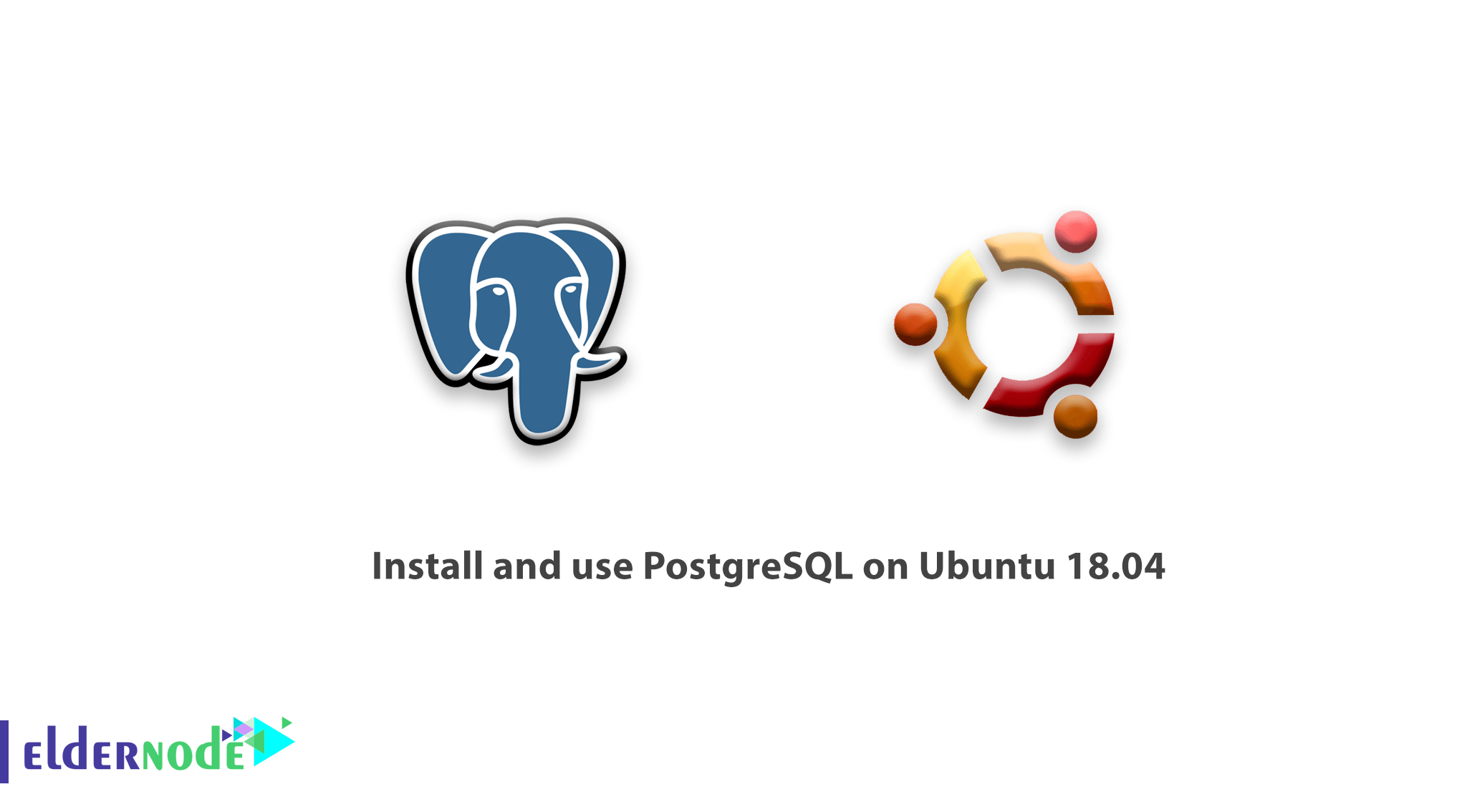
PostgreSQL (Postgres in short) is an open-source, powerful, advanced, high performance, and a stable relational-document database system. It uses and enhances the SQL language coupled with a large number of features for secure data storage and management.
It is efficient, reliable, and scalable for handling large, complicated volumes of data and setting up enterprise-level and fault-tolerant environments while ensuring high data integrity. Postgres is also highly extensible with features such as indexes come with APIs so that you can develop your own solutions to solve your data storage challenges.
Relational database management systems are a key component of many web sites and applications. They provide a structured way to store, organize, and access information. PostgreSQL, or Postgres, is a relational database management system that provides an implementation of the SQL querying language. It is a popular choice for many small and large projects and has the advantage of being standards-compliant and having many advanced features like reliable transactions and concurrency without reading locks.
To let your studies work better, choose your own Ubuntu VPS Server with instant activation.
To let this tutorial work better, please consider the below Prerequisites:
To follow along with this tutorial, you will need one Ubuntu 18.04 server that has been configured by following our Initial Server Setup for Ubuntu 18.04 guide.
After completing this prerequisite tutorial, your server should have a non-root user with sudo permissions and a basic firewall.
Table of Contents
Tutorial install and Use PostgreSQL on Ubuntu 18.04
In this article, you will learn how to install Postgres on an Ubuntu 18.04 VPS instance and also provides instructions for basic database administration.
Step 1 – How To Install PostgreSQL
Ubuntu’s default repositories contain Postgres packages, so you can install these using the apt packaging system.
Since this is your first time using apt in this session, refresh your local package index. Then, install the Postgres package along with a -contrib package that adds some additional utilities and functionality:
sudo apt update sudo apt install postgresql postgresql-contribNow that the software is installed, you can go over how it works and how it may be different from similar database management systems you may have used.
Step 2 – How To Use PostgreSQL Roles and Databases
By default, Postgres uses a concept called “roles” to handle authentication and authorization. These are, in some ways, similar to regular Unix-style accounts, but Postgres does not distinguish between users and groups and instead prefers the more flexible term “role”.
Upon installation, Postgres is set up to use ident authentication, meaning that it associates Postgres roles with a matching Unix/Linux system account. If a role exists within Postgres, a Unix/Linux username with the same name is able to sign in as that role.
The installation procedure created a user account called postgres that is associated with the default Postgres role. In order to use Postgres, you can log into that account.
There are a few ways to utilize this account to access Postgres.
How To Switch Over to the postgres Account
Switch over to the postgres account on your server by typing:
sudo -i -u postgresYou can now access a Postgres prompt immediately by typing:
psqlThis will log you into the PostgreSQL prompt, and from here you are free to interact with the database management system right away.
Exit out of the PostgreSQL prompt by typing:
postgres=# \qThis will bring you back to the postgres Linux command prompt.
How To Access a Postgres Prompt Without Switching Accounts
You can also run the command you’d like with the postgres account directly with sudo.
For instance, in the last example, you were instructed to get to the Postgres prompt by first switching to the postgres user and then running psql to open the Postgres prompt. You could do this in one step by running the single command psql as the postgres user with sudo, like this:
sudo -u postgres psqlThis will log you directly into Postgres without the intermediary bash shell in between.
Again, you can exit the interactive Postgres session by typing:
postgres=# \q
Step 3 – How To Create a New Role
Currently, you just have the postgres role configured within the database. You can create new roles from the command line with the createrole command. The –interactive flag will prompt you for the name of the new role and also ask whether it should have superuser permissions.
If you are logged in as the postgres account, you can create a new user by typing:
postgres@server:~$ createuser --interactiveIf, instead, you prefer to use sudo for each command without switching from your normal account, type:
sudo -u postgres createuser --interactiveThe script will prompt you with some choices and, based on your responses, execute the correct Postgres commands to create a user to your specifications.
Enter name of role to add: noodi Shall the new role be a superuser? (y/n) yYou can get more control by passing some additional flags. Check out the options by looking at the man page:
man createuserNote: We choose noodi as our username. Do not forget to replace your considered name or email in the prompted lines of commands.
Your installation of Postgres now has a new user, but you have not yet added any databases. The next section describes this process.
Step 4 – How To Create A New Database
Another assumption that the Postgres authentication system makes by default is that for any role used to log in, that role will have a database with the same name which it can access.
This means that, if the user you created in the last section is called noodi, that role will attempt to connect to a database which is also called “noodi” by default. You can create the appropriate database with the createdb command.
If you are logged in as the postgres account, you would type something like:
postgres@server:~$ createdb noodiIf instead, you prefer to use sudo for each command without switching from your normal account, you would type:
sudo -u postgres createdb noodiThis flexibility provides multiple paths for creating databases as needed.
Step 5 – How To Open A Postgres Prompt With The New Role
To log in with ident based authentication, you’ll need a Linux user with the same name as your Postgres role and database.
If you don’t have a matching Linux user available, you can create one with the adduser command. You will have to do this from your non-root account with sudo privileges (meaning, not logged in as the postgres user):
sudo adduser noodiOnce this new account is available, you can either switch over and connect to the database by typing:
sudo -i -u noodi psqlOr, you can do this inline:
sudo -u noodi psqlThis command will log you in automatically, assuming that all of the components have been properly configured.
If you want your user to connect to a different database, you can do so by specifying the database like this:
psql -d postgresOnce logged in, you can get check your current connection information by typing:
noodi=# \conninfoYou are connected to database "noodi" as user "noodi" via socket in "/var/run/postgresql" at port "5432".This is useful if you are connecting to non-default databases or with non-default users.
Step 6 – How To Create And Deleting Tables
Now that you know how to connect to the PostgreSQL database system, you can learn some basic Postgres management tasks.
First, create a table to store some data. As an example, a table that describes some playground equipment.
The basic syntax for this command is as follows:
CREATE TABLE table_name ( column_name1 col_type (field_length) column_constraints, column_name2 col_type (field_length), column_name3 col_type (field_length) );As you can see, these commands give the table a name, and then define the columns as well as the column type and the max length of the field data. You can also optionally add table constraints for each column.
For demonstration purposes, create a simple table like this:
CREATE TABLE playground ( equip_id serial PRIMARY KEY, type varchar (50) NOT NULL, color varchar (25) NOT NULL, location varchar(25) check (location in ('north', 'south', 'west', 'east', 'northeast', 'southeast', 'southwest', 'northwest')), install_date date );These commands will create a table that inventories playground equipment. This starts with an equipment ID, which is of the serial type. This data type is an auto-incrementing integer. You’ve also given this column the constraint of primary key which means that the values must be unique and not null.
For two of the columns (equip_id and install_date), the commands do not specify a field length. This is because some column types don’t require a set length because the length is implied by the type.
The next two commands create columns for the equipment type and color respectively, each of which cannot be empty. The command after these creates a location column and creates a constraint that requires the value to be one of eight possible values. The last command creates a date column that records the date on which you installed the equipment.
You can see your new table by typing:
noodi=# \d List of relations Schema | Name | Type | Owner --------+-------------------------+----------+------- public | playground | table | noodi public | playground_equip_id_seq | sequence | noodi (2 rows)
Your playground table is here, but there’s also something called playground_equip_id_seq that is of the type sequence. This is a representation of the serial type which you gave your equip_id column. This keeps track of the next number in the sequence and is created automatically for columns of this type.
If you want to see just the table without the sequence, you can type:
noodi=# \d List of relations Schema | Name | Type | Owner --------+------------+-------+------- public | playground | table | noodi (1 row) Step 7 – Adding, Querying, and Deleting Data in a Table
Now that you have a table, you can insert some data into it.
As an example, add a slide and a swing by calling the table you want to add to, naming the columns, and then providing data for each column, like this:
noodi=# INSERT INTO playground (type, color, location, install_date) VALUES ('slide', 'blue', 'south', '2017-04-28');noodi=# INSERT INTO playground (type, color, location, install_date) VALUES ('swing', 'yellow', 'northwest', '2018-08-16');You should take care when entering the data to avoid a few common hangups. For one, do not wrap the column names in quotation marks, but the column values that you enter do need quotes.
Another thing to keep in mind is that you do not enter a value for the equip_id column. This is because this is automatically generated whenever a new row in the table is created.
Retrieve the information you’ve added by typing:
noodi=# SELECT * FROM playground; equip_id | type | color | location | install_date ----------+-------+--------+-----------+-------------- 1 | slide | blue | south | 2017-04-28 2 | swing | yellow | northwest | 2018-08-16 (2 rows)Here, you can see that your equip_id has been filled in successfully and that all of your other data has been organized correctly.
If the slide on the playground breaks and you have to remove it, you can also remove the row from your table by typing:
noodi=# DELETE FROM playground WHERE type = 'slide';Query the table again:
noodi=# SELECT * FROM playground; equip_id | type | color | location | install_date ----------+-------+--------+-----------+-------------- 2 | swing | yellow | northwest | 2018-08-16 (1 row)You notice that your slide is no longer a part of the table.
Step 8 – How To Add and Delete Columns From A Table
After creating a table, you can modify it to add or remove columns relatively easily. Add a column to show the last maintenance visit for each piece of equipment by typing:
noodi=# ALTER TABLE playground ADD last_maint date;If you view your table information again, you will see the new column has been added (but no data has been entered):
noodi=# SELECT * FROM playground; equip_id | type | color | location | install_date | last_maint ----------+-------+--------+-----------+--------------+------------ 2 | swing | yellow | northwest | 2018-08-16 | (1 row)Deleting a column is just as simple. If you find that your work crew uses a separate tool to keep track of maintenance history, you can delete of the column by typing:
noodi=# ALTER TABLE playground DROP last_maint;This deletes the last_maint column and any values found within it but leave all the other data intact.
Step 9 – How To Update Data in a Table
So far, you’ve learned how to add records to a table and how to delete them, but this tutorial hasn’t yet covered how to modify existing entries.
You can update the values of an existing entry by querying for the record you want and setting the column to the value you wish to use. You can query for the “swing” record (this will match every swing in your table) and change its color to “red”. This could be useful if you gave the swing set a paint job:
noodi=# UPDATE playground SET color = 'red' WHERE type = 'swing';You can verify that the operation was successful by querying the data again:
noodi=# SELECT * FROM playground; equip_id | type | color | location | install_date ----------+-------+-------+-----------+-------------- 2 | swing | red | northwest | 2010-08-16 (1 row)As you can see, your slide is now registered as being red.
Conclusion
In this article, you succeeded to learn how to install and use PostgreSQL on Ubuntu 18.04 after finishing the steps of this guide. Now you have set up with PostgreSQL on your Ubuntu 18.04 server. However, there is still much more to learn with Postgres. If you are interested in reading more related tutorials, find our articles on Tutorial PostgreSQL installation Ubuntu 20.04 AND How to install PostgreSQL Database in Debian 10.





very good. I want to create a user for postgresql
Postgresql creats system account with the same name postgres. After log in to your system as user postgres and connect the database use the following command:
sudo su - postgrespsqlIs it ok to work with the version of 10.11?
Yes, postgresql still get regular support updates for your current version.
I don’t know what is my current postgresql verssion
After updating the repository, run the command below:
apt show postgresqlIs there any default password for Postgres in Ubuntu?
there isn’t a default password. The default authentication mode for PostgreSQL is set to ident.
thank you. I can not find my Postgres password?
You can find the file pg_hba. conf – it may be located, for example in /etc/postgresql-9.1/pg_hba. conf .